Before the world of video games was compressed into three major console manufacturers, many companies took a stab at entering the market with their own video game console.
While you may have heard of some of the rare but well-known ones such as the Phillips CD-I or the recently uncovered Nintendo Playstation, there are some consoles that are so obscure, you probably haven’t played them, let alone even heard their names.
Here are 10 obscure consoles you (probably) never knew existed (until now).
Nintendo Pokemon Mini
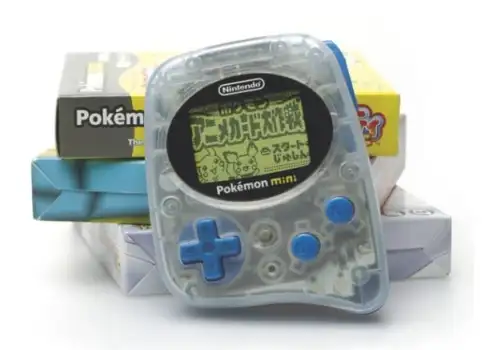
The Nintendo Pokemon Mini was released in America in 2001 right around the same time as the Gameboy Advance.
The reason this console is so obscure and hard to find is that it was mainly targeted as a toy for kids, showing up in places like Toys R’ Us.
But don’t let its petite size fool you, the Pokemon Mini is a full-fledged console with infrared multiplayer support, a motion sensor, and even a rumble feature.
Although it might look like a Pokewalker or Pikachu Tamagotchi, it is actually a mini handheld console that has its own playable cartridges. Out of the ten total games released for the console, all of them are Pokemon themed, including Pokemon Tetris, Pokemon Puzzle Collection, and Togepi’s Great Adventure.
The console came in three different color variations, all based on the most random selection of Pokemon Nintendo could have possibly picked. The colors included Chickorita Green, Wooper Blue, and Smoochum Purple.
The console originally released at an MSRP of $39.99 while the games cost around $19.99. However, if you are looking to try out the console in 2019, you will be looking at a hefty price of $200 dollars for one complete in the box.
Super Lady Cassette Vision
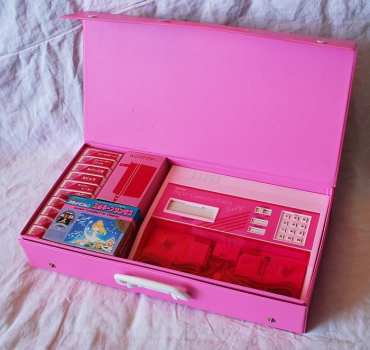
Released in 1984, Japanese toymaker, Epoch, released the Super Cassette Vision in an attempt to capitalize on the budding home console market after the Nintendo Famicom released to thunderous success the year prior.
Despite the original Cassette Vision being a success in Japan, Epoch was stunned to see just how much market share they had lost to the Famicom when they released their latest console.
In an attempt to tap into a demographic that Epoch felt Nintendo was leaving behind, they released the Super Lady Cassette Vision in 1985. It was the same as the regular Super Cassette Vision in every way, but pink.
You know, because ladies will buy anything that is pink! Right?!
Needless to say, the console did not sell well despite being moderately priced compared to Nintendo or Sega’s offerings.
The games were nothing to write home about either, but did include two surprising use of licenses including Lupin The Third and DragonBall, both popular mangas at the time.
The Super Lady Cassette Vision and The Super Cassette Vision both contained hard-wired controllers and a convenient compartment for storage.
Despite having some unique ideas, the Super Lady Cassette Vision was a complete flop and remains one of the most obscure consoles to date.
Coleco Telstar Arcade
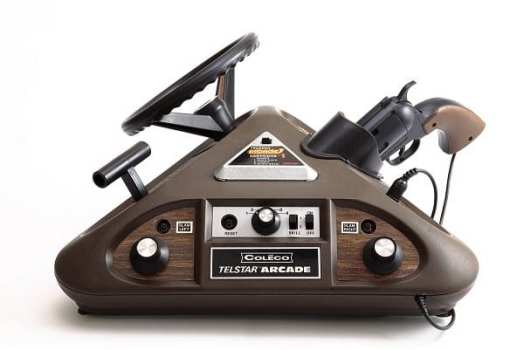
Have you ever bought a console’s extra peripherals such as a driving wheel or light gun to help enhance your gaming experience?
Well with the Coleco Telstar Arcade, there is no need! All of the extra equipment you could ever want is built straight into the console itself. It contains a steering wheel, a gear shift, and its own Colt 45 revolver. The true Swiss Army Knife of video game consoles.
Not only is this 1977 console extremely stylish with its all-brown exterior and woodgrain panels, but it also used chrome-plated triangular cartridges that were instered atop the console like the Triforce on a pedestal.
The console came with a pack-in game that contained experiences to use the various peripherals such as QuickDraw, Road Racing, and Tennis. Some of the other games released for the console included Hockey, Handball, and a Naval Battle game.
Needless to say, the console was not a huge success and only had four total games released for the system during its lifespan, but there is no denying that the Coleco Telstar Arcade is a delightfully obscure console.
Tiger R-Zone
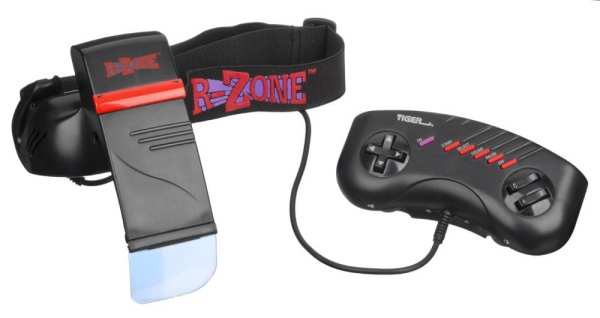
The Tiger R-Zone might be an obscure console you have never heard of, but if we are being honest, that might be a good thing.
Arguably the worst implementation of “virtual reality” of all time, Tiger Electronics, mostly known for their simple Tiger Handheld games based on popular licenses, decided that they would take a stab at entering the home console market for the very first time.
Released in 1995, the console was meant to be strapped to the player’s head as it reflected the images from the game cart off of a mirror and into the clear plastic visor in front of the player’s eye.
If that didn’t sound headache-inducing, to top it all off, the graphics were in an all-red color scheme, very similar to the failed VR Nintendo console, The Virtual Boy.
Some of the games that the Tiger R-Zone offered were Mortal Kombat 3, Road Rash 3, and even Virtua Fighter. The console was a complete and utter failure for Tiger Electronics, who would go on to only release one more console in the company’s lifespan before being bought out by Hasbro in 1998.
Apple Bandai Pippin
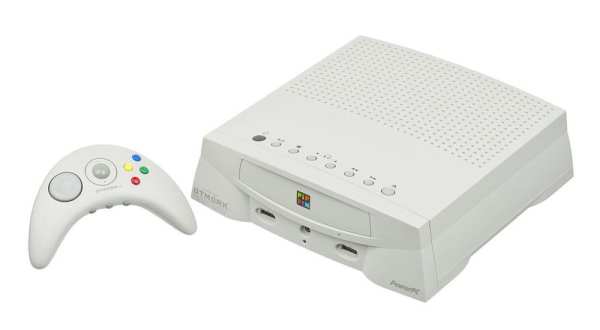
People to this day still ask themselves when Apple will take their first leap into the console gaming market.
Little do most people know that they already took that leap back in 1996.
The Apple Bandai Pippin, also known as the Bandai @WORLD in America, was released in 1996 and 1997 for the insane price of $599. The console was not only meant to be a gaming system, but also a “thin client”, a computer that can work remotely by tapping into a server that handles most of the computing.
Despite Apple being behind the product, it failed to reach commercial success, only selling 42,000 units of the 100,000 reportedly manufactured, nabbing itself a spot on PC World’s Worst Tech Products of All Time list in 2006.
Although it was not very successful, the console itself still boasts one of the most unique controllers ever created, with both a rounded rubber D-Pad and a trackball for movement.
Unlike some of the obscure consoles on our list, the Pippin actually had quite a few games to offer players. Some of the titles included Mr. Potato Head Saves Veggie Valley and even a DragonBall Z Anime Designer game.
If only Mr. Potato Head could have saved Apple from ever making the Pippin, they might be more enthused about entering the console market today.
Nintendo Satellaview
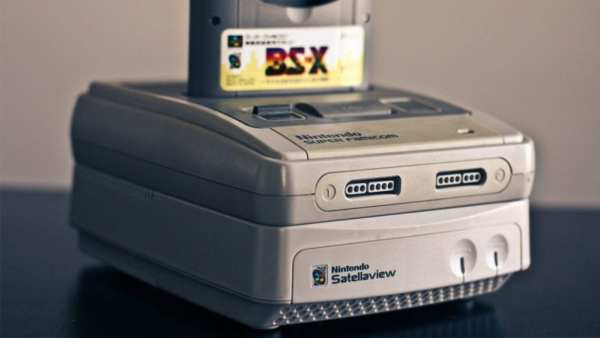
Have you ever wondered what the connection ports on the bottom of a Super Nintendo or Super Famicom are for? Well, you are in luck.
We all know modern consoles have online features that expand playability to include updates, digital downloads, and multiplayer. However, did you know that the Super Famicom also had online support?
The Nintendo Satellaview was a satellite-based modular add-on for the Super Famicom in Japan that allowed players to connect to the internet by using a broadcast satellite.
This meant that much like a TV broadcast, players would need to be at their console during a certain time period in order to play certain games.
The Satellaview also had a feature called SoundLink, which allowed Nintendo to broadcast live voice acting similar to a radio broadcast during a gameplay session. This was most notably used for the Legend of Zelda BS games that were broadcast during this time, making it the first Zelda game to contain voice acting.
The Satellaview also offered downloadable games, contests and events, news and announcements, and more during its lifespan between 1995 and 2000.
The Satellaview remains one of the most intriguing yet obscure consoles ever created and still mystifies people that have never heard of it before.
Sega SG-1000
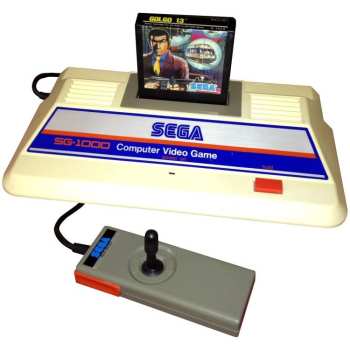
If you thought that the Sega Master System was the first console that Sega produced, you would be incorrect, despite it being a popular belief.
In fact, the Sega SG-1000 was Sega’s first entry into the home console market, launching day and date in 1983 with the Nintendo Famicom in Japan.
Sega up to that point had only been a name known in the circles of the arcade, as it produced some of the most popular cabinets at the time such as Zaxxon and Space Fury.
The system itself featured hard-wired controllers and a joystick reminiscent of the multiple pong clones that popped up over the decades prior.
The console ended its lifespan with around 60 games total, with a third of those needing an additional add-on known as the Card-Catcher in order to play them. Some of the games in the SG-1000’S library are Sega-Galaga and Girl’s Garden, the first game developed by Sonic the Hedgehog creator Yuji Naka.
Although this obscure console was a failure, it became a necessary stepping stone that paved the way for what came next at Sega.
Without the SG-1000 and its various spin-offs such as the Sega Mark III, the world may never have been blessed with the Master System, Genesis, or Dreamcast.
Atari Lynx
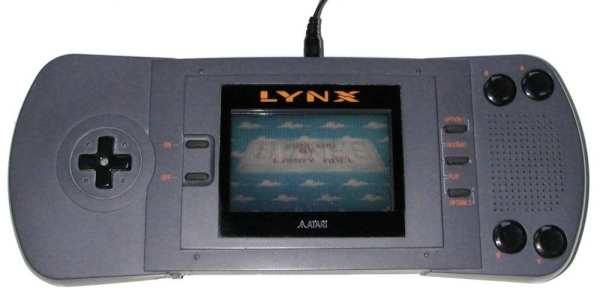
The Atari Lynx was one of many Atari consoles to come out during the companies console manufacturing lifespan from 1972 to 1993.
Releasing only a short four months after the Nintendo Gameboy, what made the Atari Lynx stand out as a competitor was its inclusion of a back-lit screen, something the Gameboy continues to be mocked for not including to this day.
Not only did the Lynx have a back-lit screen, but it also allowed for left-handed players to play more comfortably by being reversible. The system contained a screen-flip function, allowing players to turn the console upside down and play with the D-Pad on the opposite side.
Unlike most of the consoles on this list, the Lynx was actually quite successful and continued to sell until around 1990 when the Atari Jaguar launched.
What made this hand-held console so offputting was its need for 6 AA-batteries that only lasted 3-4 hours total, while the Gameboy only needed 2 AA-batteries and lasted for 10 to 30 hours.
The games for the Lynx, although not great, still had standouts such as Lemmings, Blue Lightning, and even Ninja Gaiden.
Despite Atari no longer being in the business of creating consoles, their attempt to take on the Nintendo Gameboy was nothing short of impressive.
Master System Girl
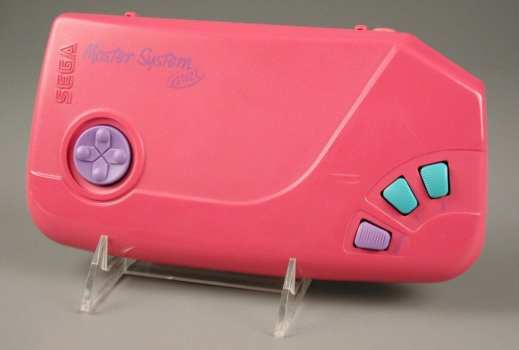
We all know that console makers nowadays love to put out various limited edition consoles to help entice collectors and give people more unique options.
However, what you may not have known is that Sega did this with its popular Master System in the mid-’90s by creating the Master System Girl.
Much like the Super Lady Cassette Vision, this was Sega’s awkward attempt to tap into the market of young girls who might also be interested in gaming.
However, Sega was not the one to produce it. A Brazilian company by the name of Tec Toy took the Sega Master System Compact and placed it into a hot pink and pastel-colored shell to make it stand out to the female audience.
Other than its colorful exterior, the Master System Girl contained the same components as the Master System Compact.
However, what made that system stand out was its ability to transmit audio and video wirelessly to the TV via an RF antenna, making it one of the first truly wireless consoles in gaming history.
Unfortunately for collectors, this console never left South America, making it extremely rare and a pricey endeavor for those that are looking to own it as a piece of gaming history.
Nintendo 64DD
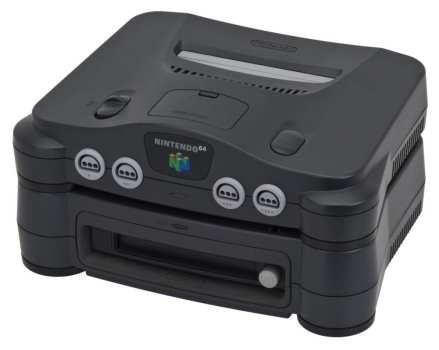
Former president of Nintendo, Hiroshi Yamauchi, had a life long dream to develop a network that would connect all Nintendo consoles across the nation.
Enter the Nintendo 64DD.
The Nintendo 64DD, also known as the Nintendo 64 Disk Drive, was a modular attachment for the Nintendo 64 that promised to boost storage and allow players to play vastly improved games.
Rather than top-loading like the regular N64, the games were contained on their own magnetic floppy discs that would be inserted in the bottom of the console to play.
Not only did the 64DD offer better graphics and increased performance, but it also allowed players to connect to the internet to play online as well as share various created media on the platform, fulfilling Yamauchi’s life long dream.
While the typical Nintendo 64 cartridge usually had anywhere from 4MB to 64MB of memory, the Nintendo 64DD discs contained a standard 64 MB, allowing developers more power to develop games.
Unfortunately, the console attachment only released in Japan and contained a scarce ten playable games for the system until it was discontinued in 2001.
Some of the games included Mario Artist, SimCity 64, and an F-Zero X Expansion Kit that enhanced the base game by adding more songs, new tracks, and a course editor. Other games that were rumored to be in development included an unnamed Pokemon game and the elusive Mother 3.
Did you know any or all of the consoles on our list? Leave a comment below letting us know if we missed any other good ones.

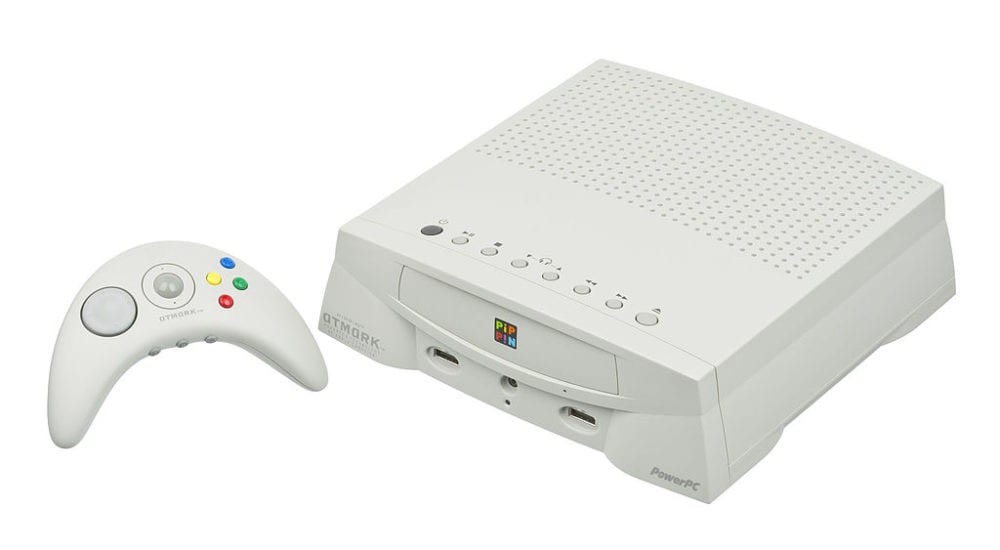
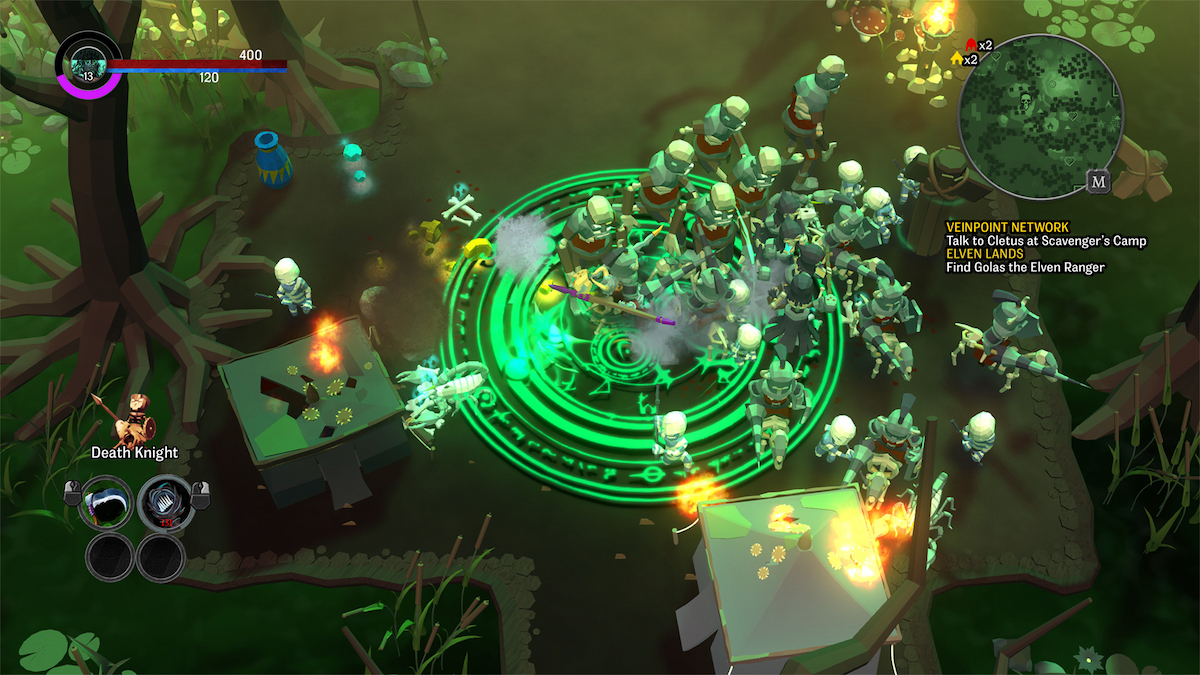

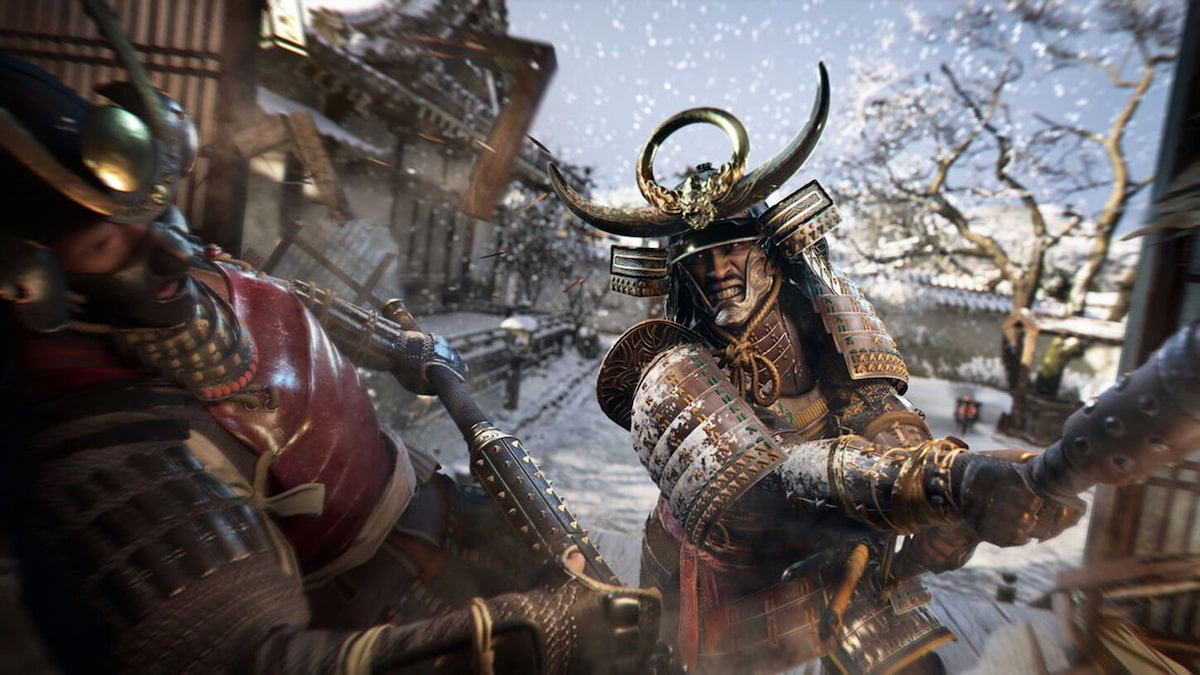

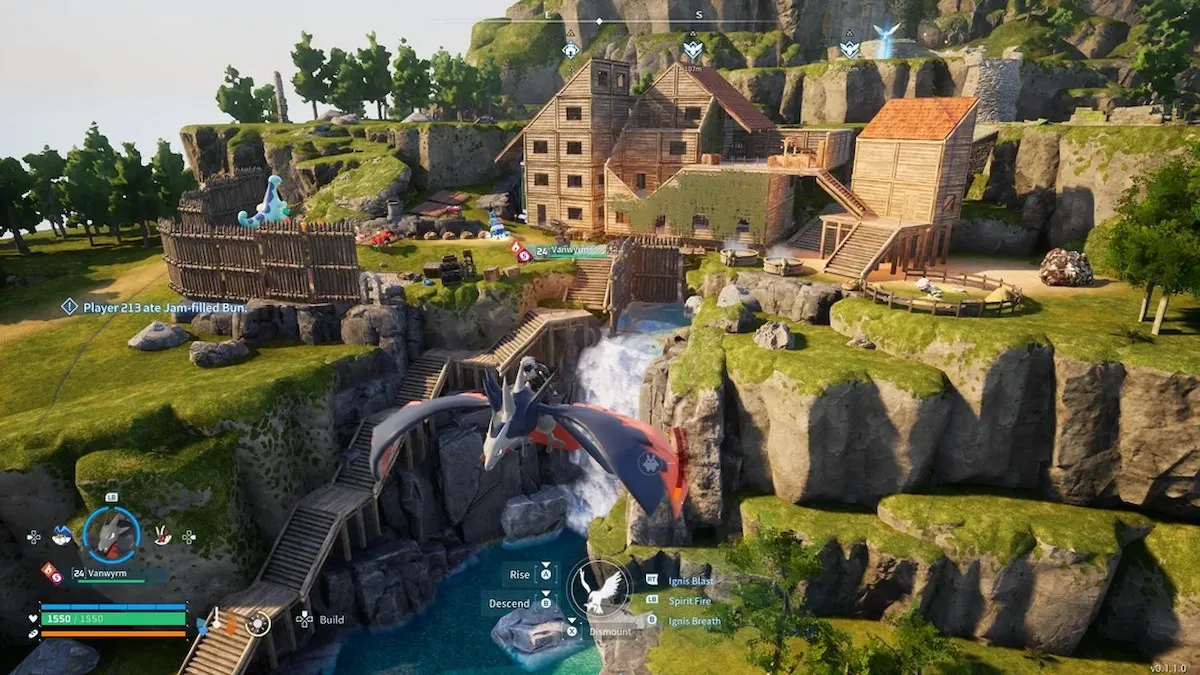
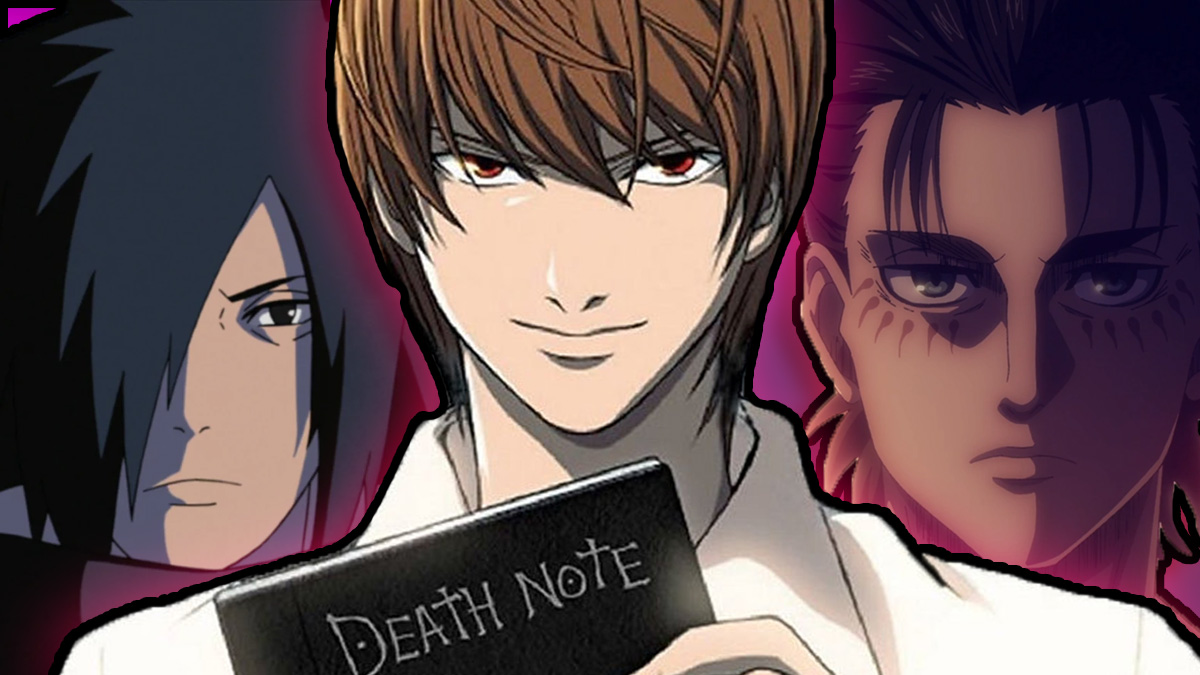
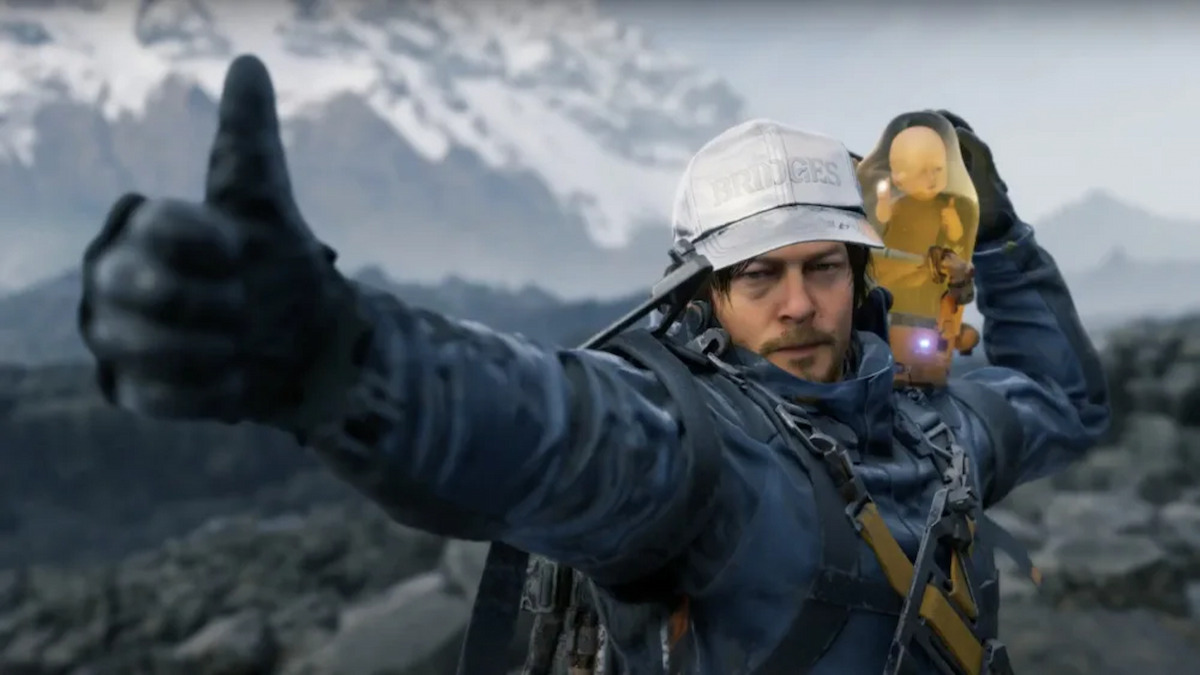




Published: Aug 23, 2019 8:06 PM UTC